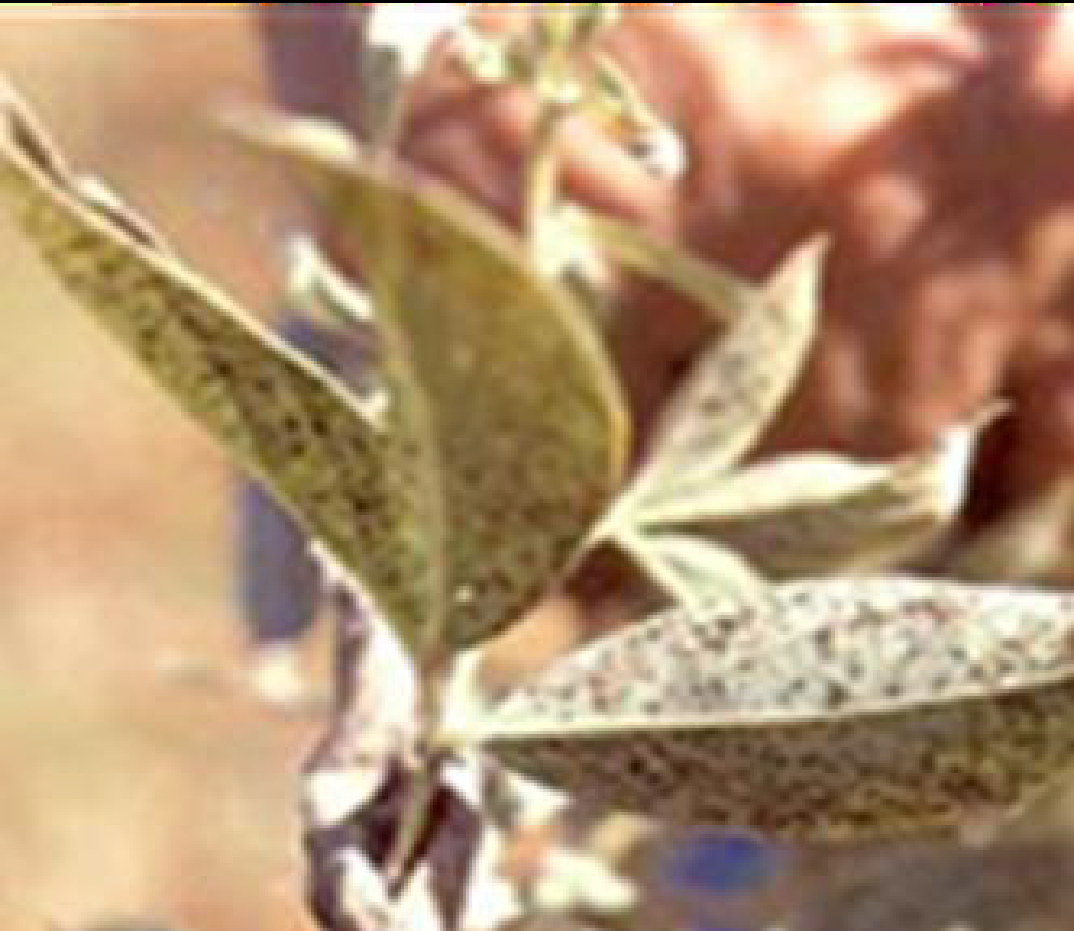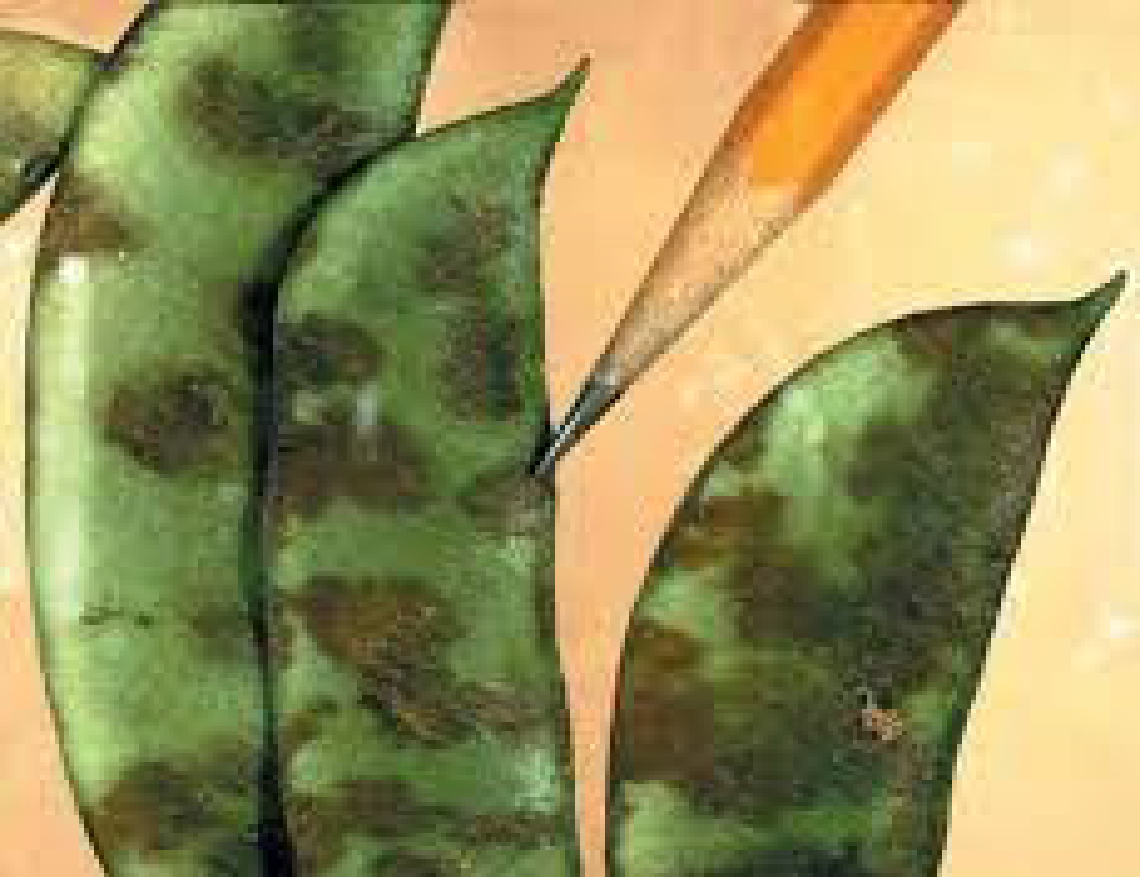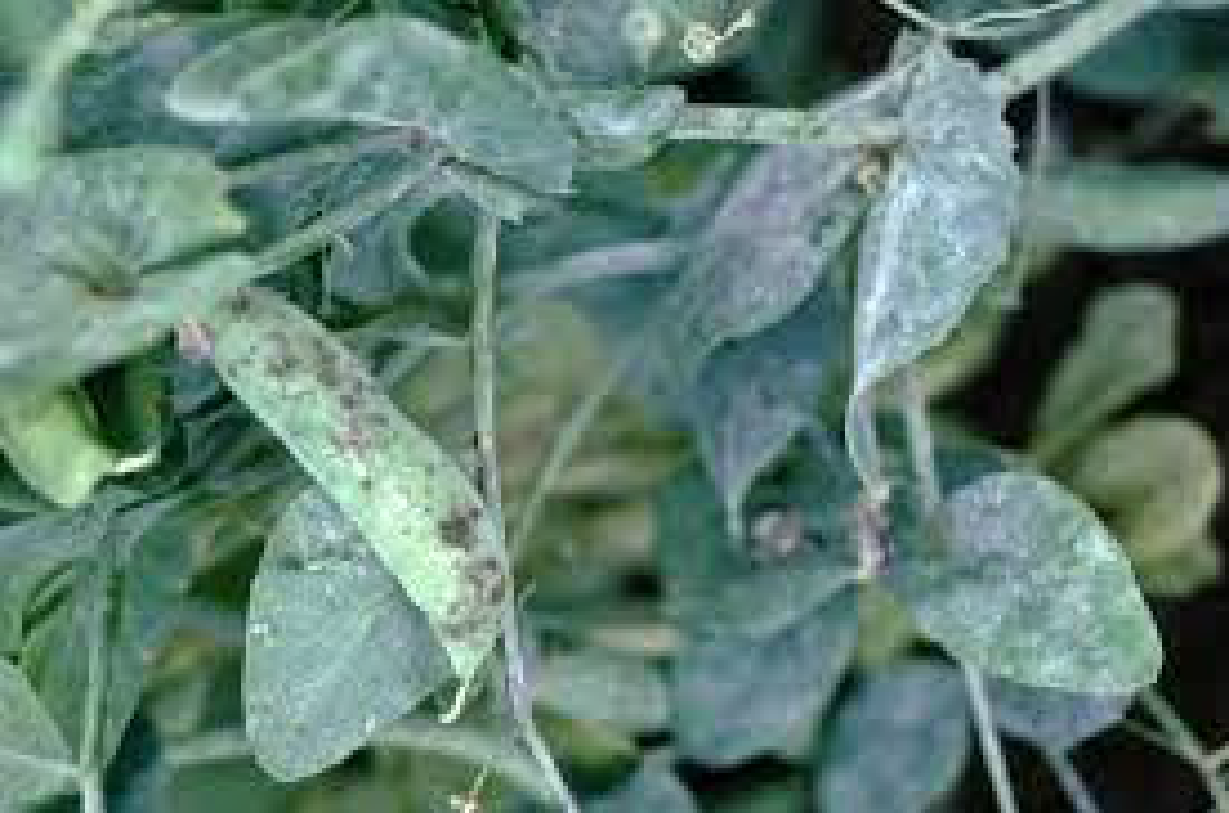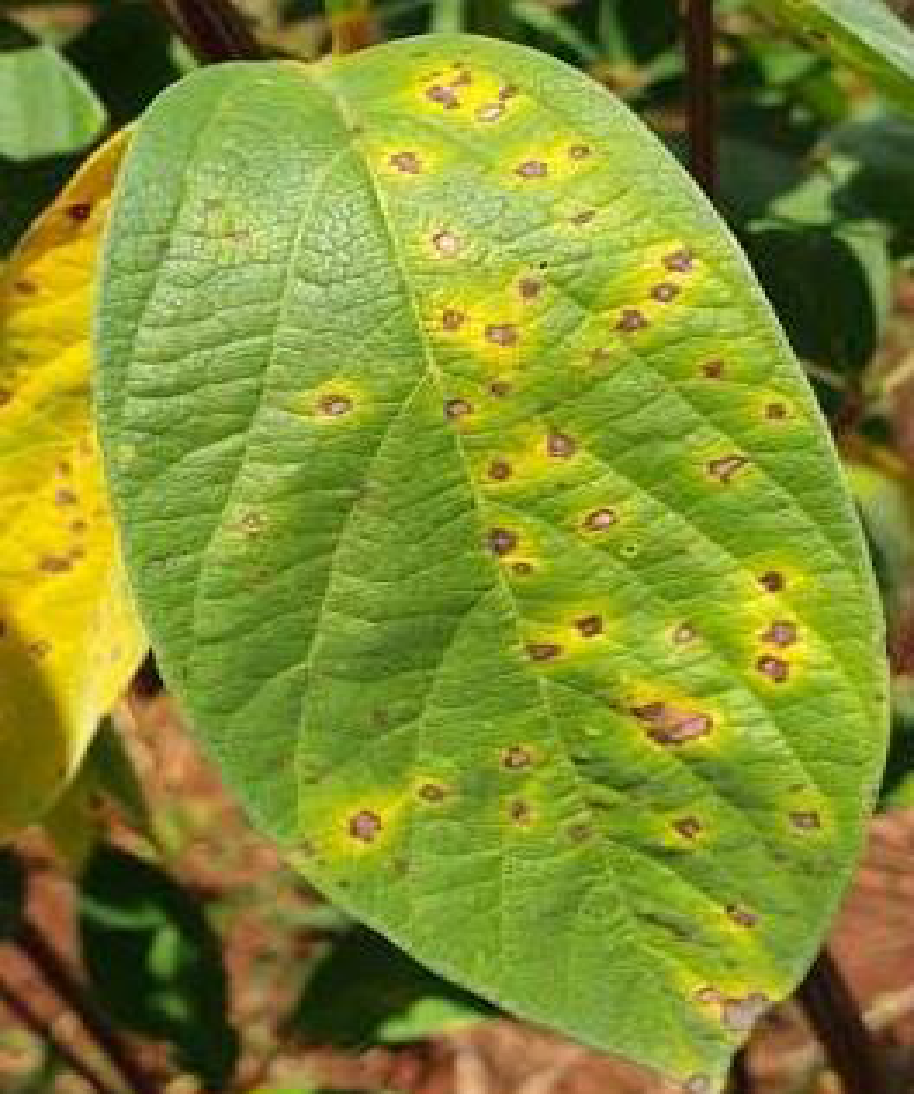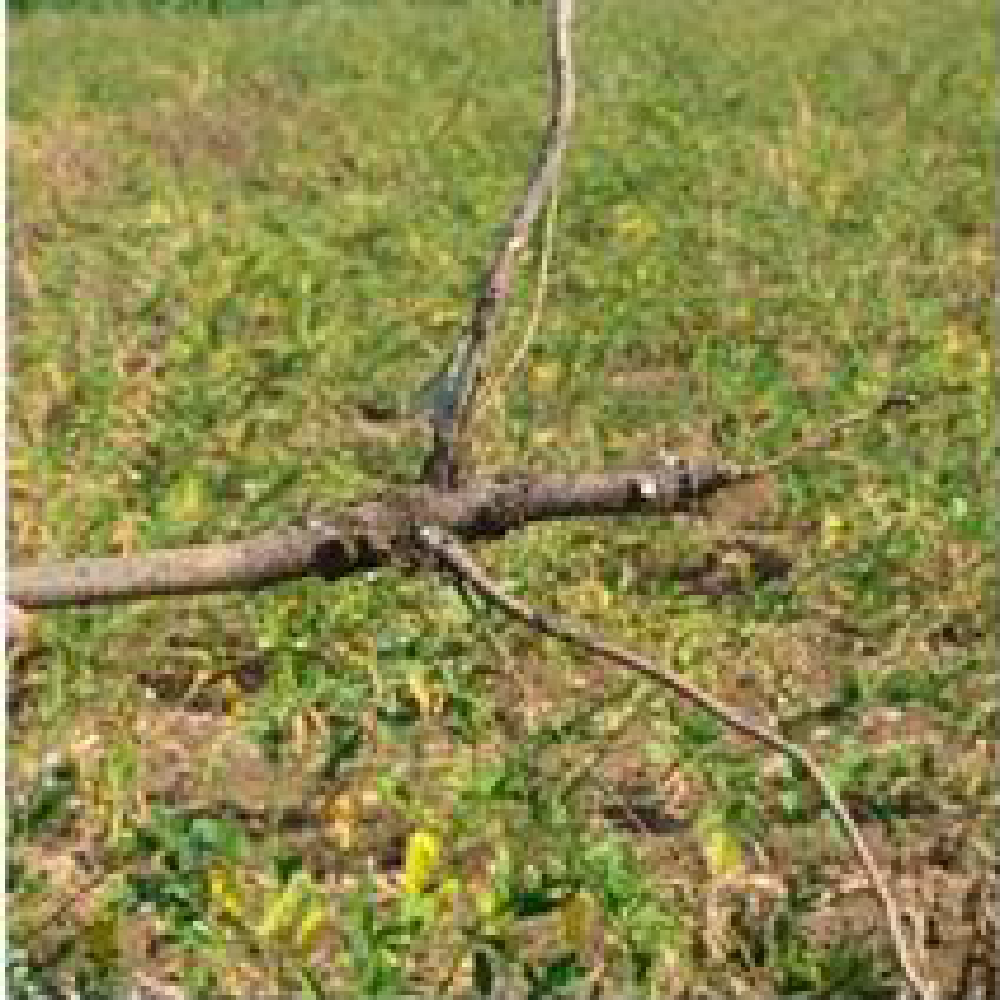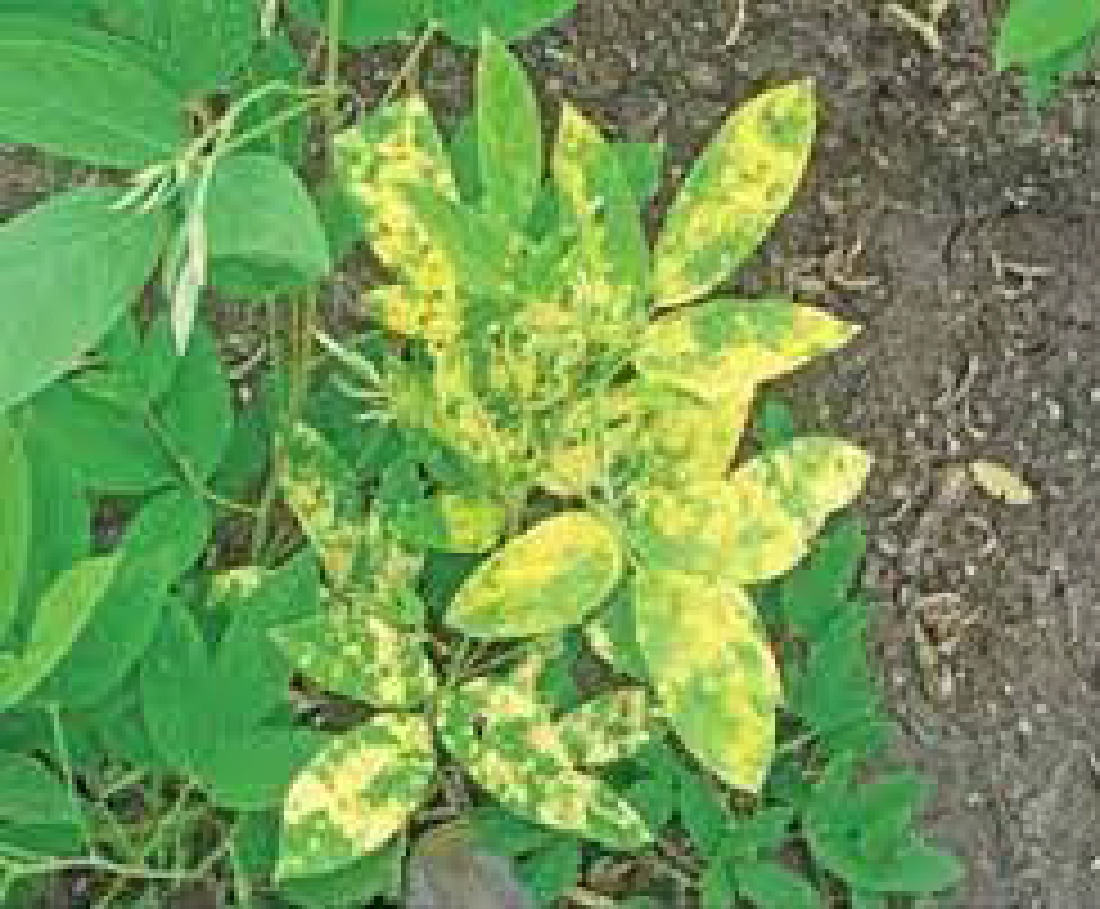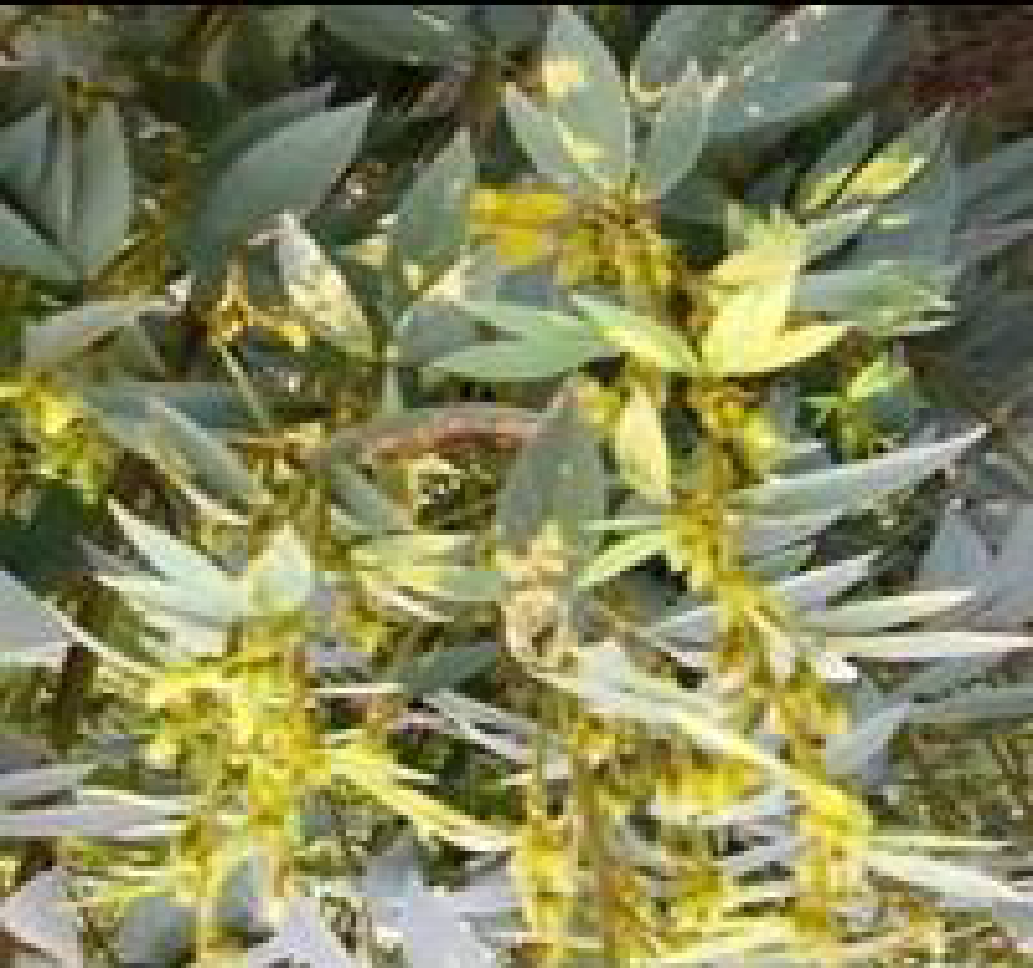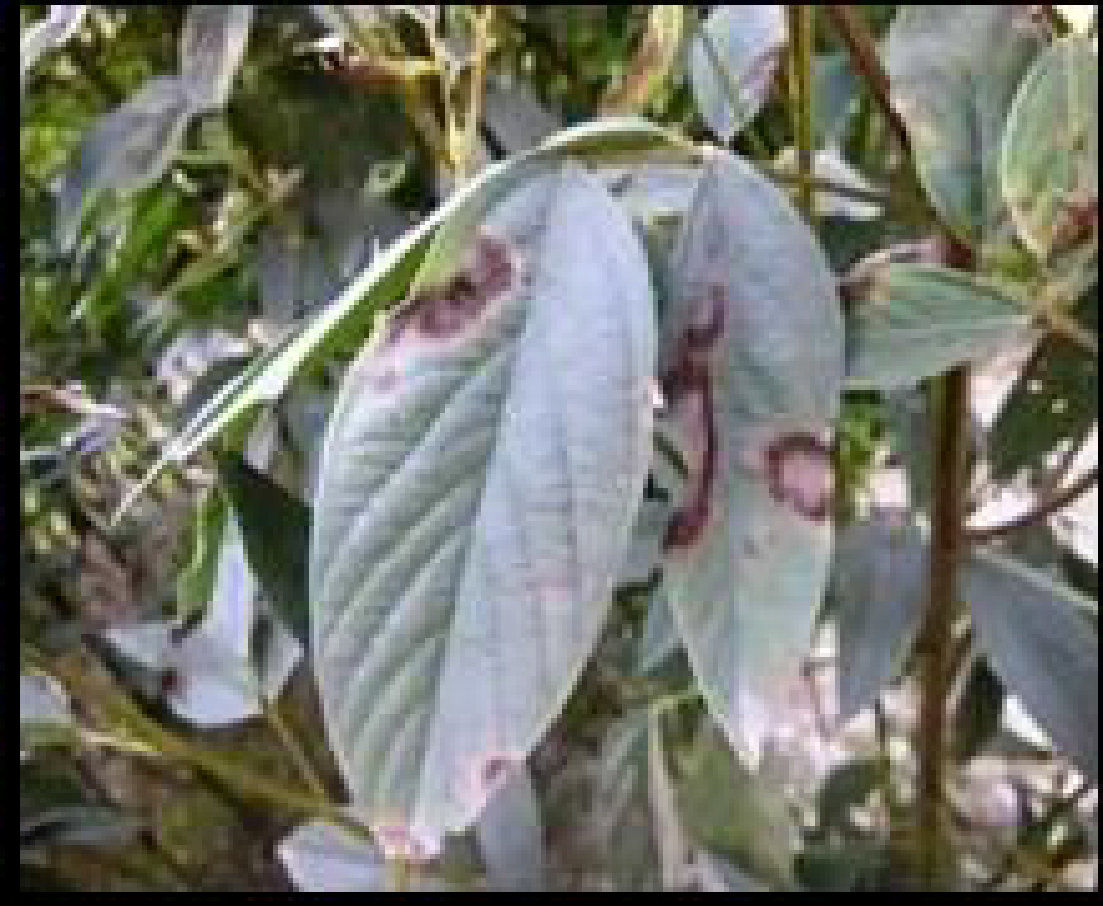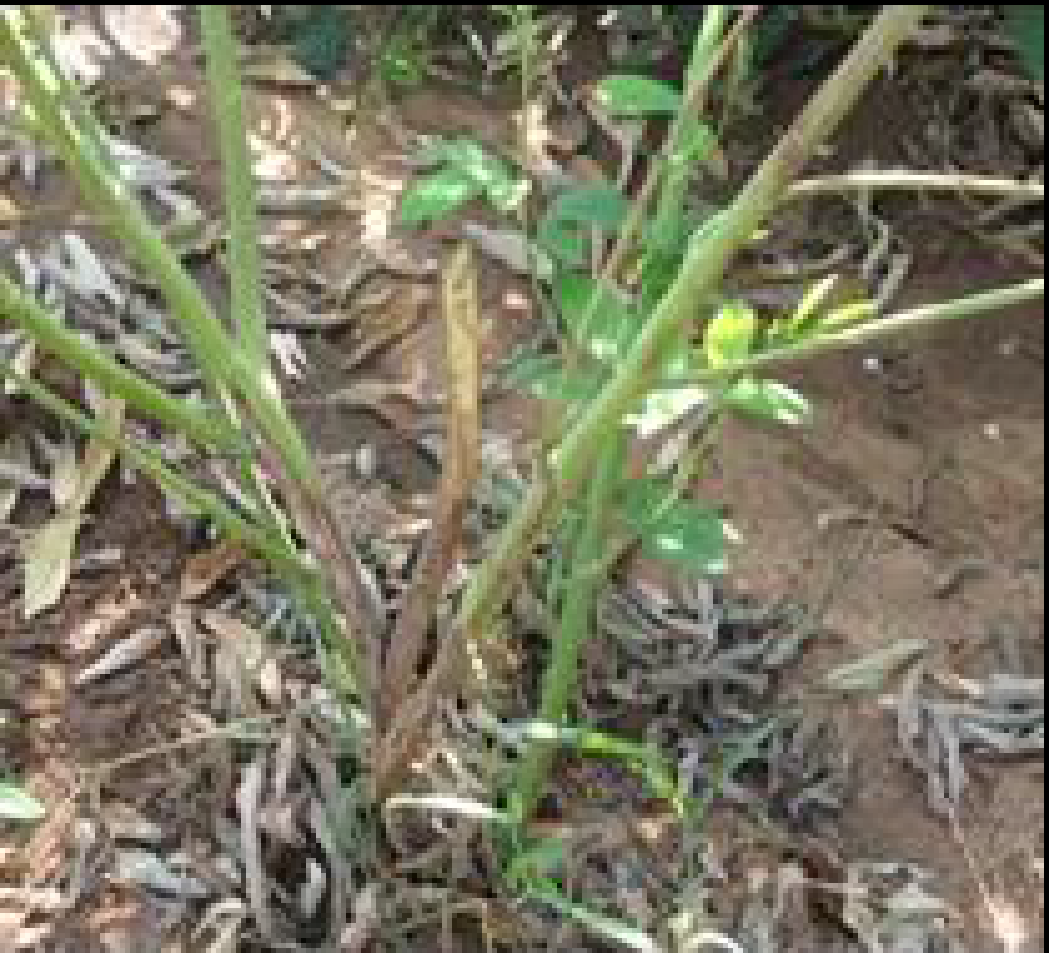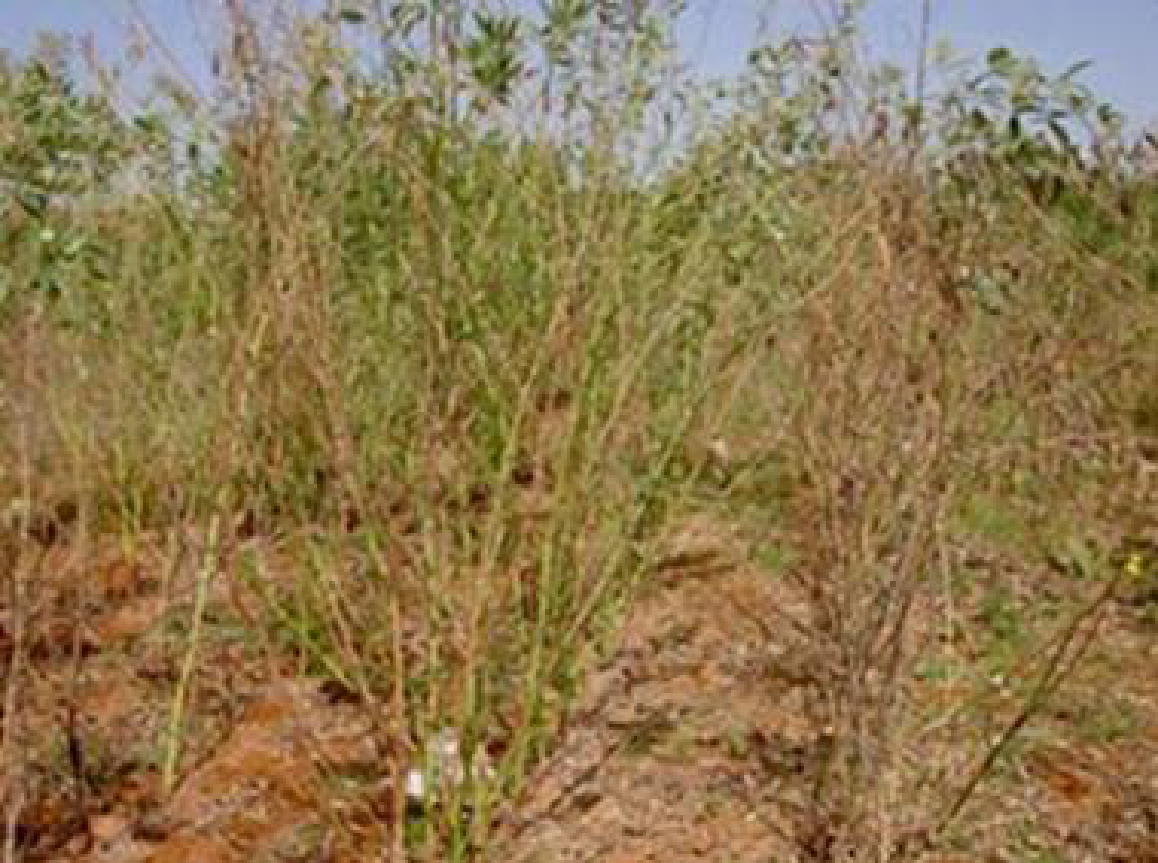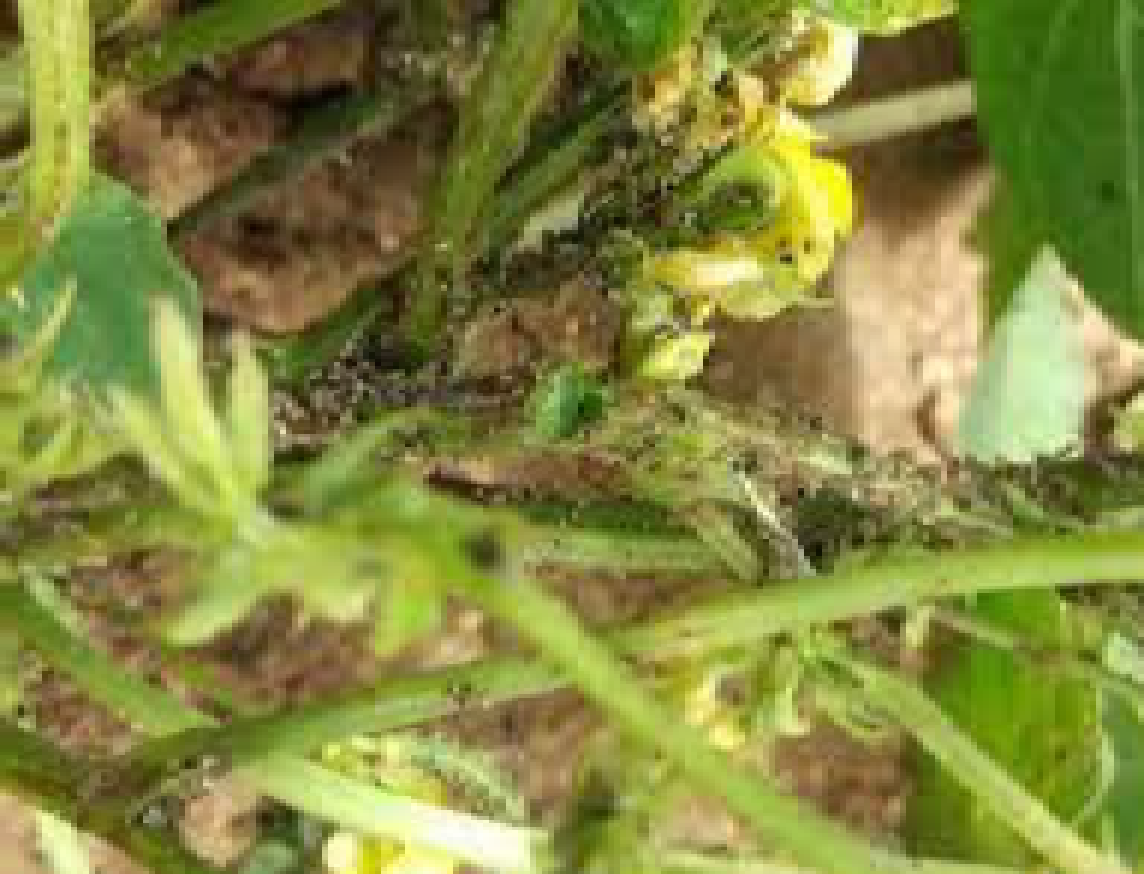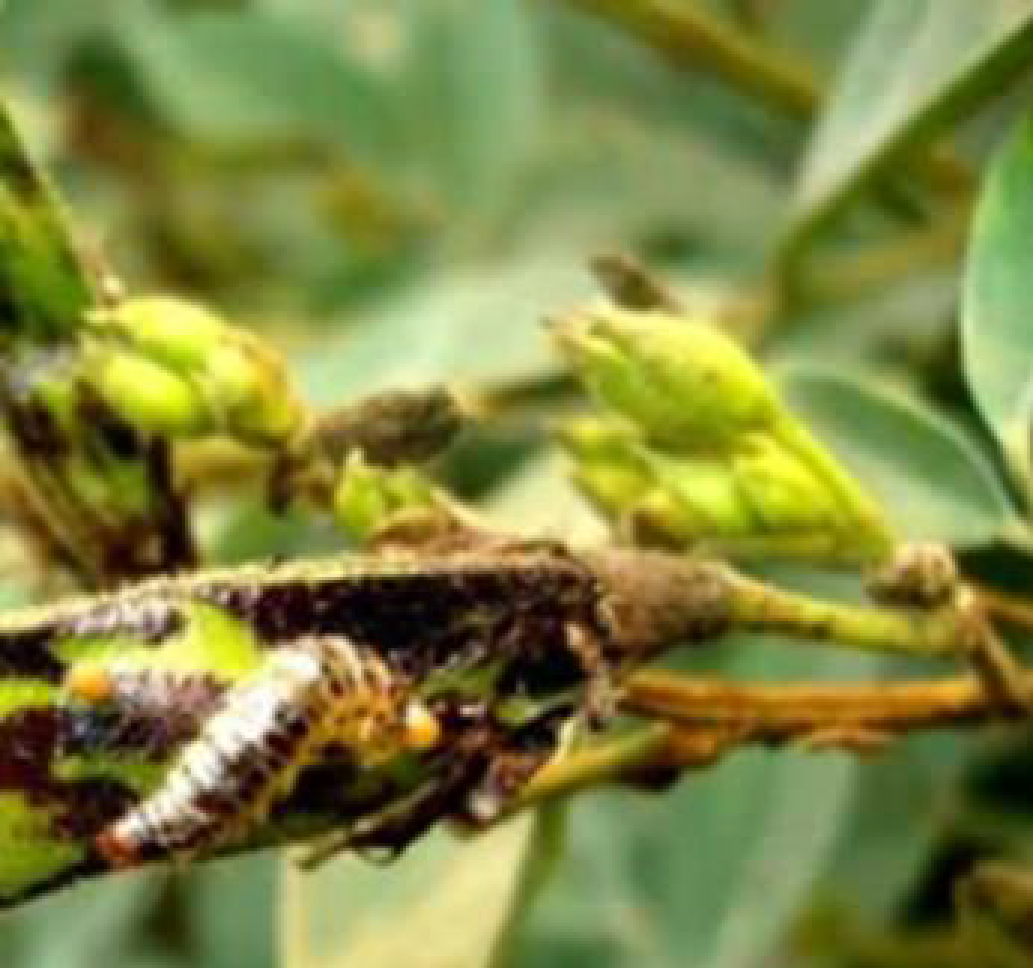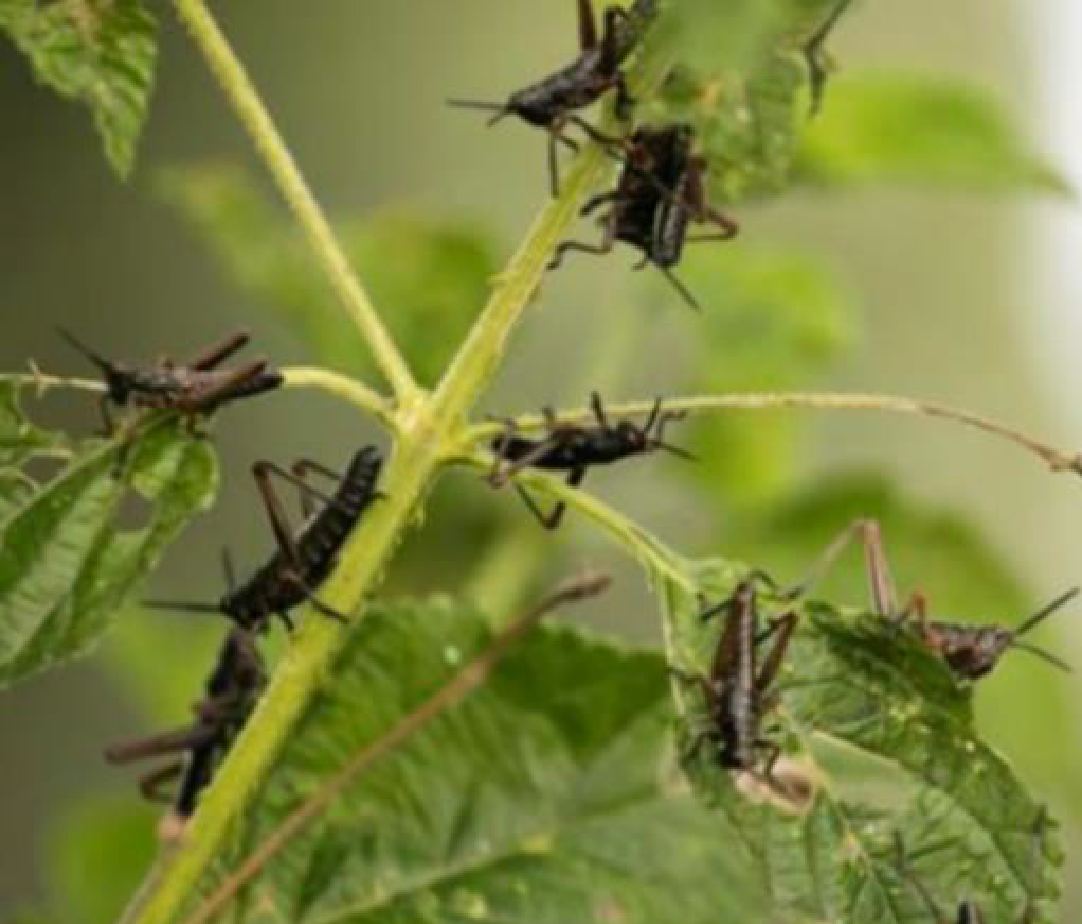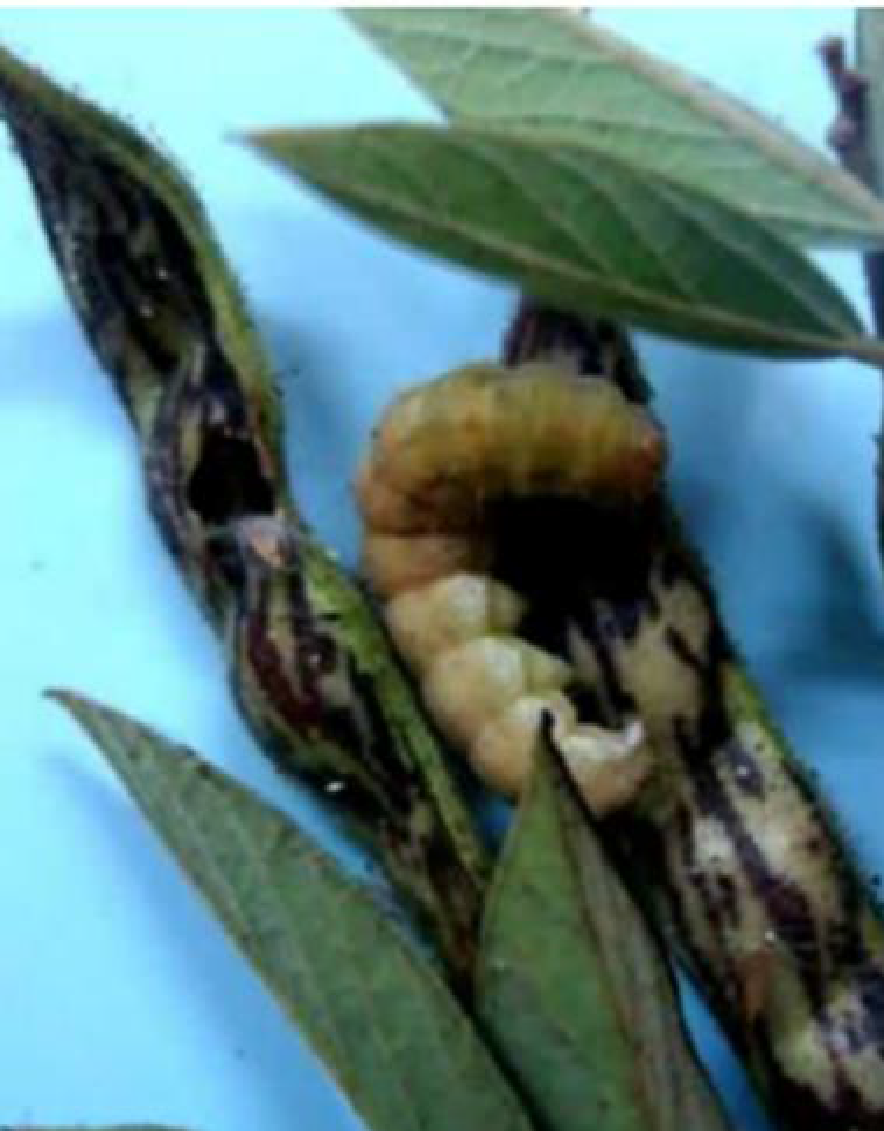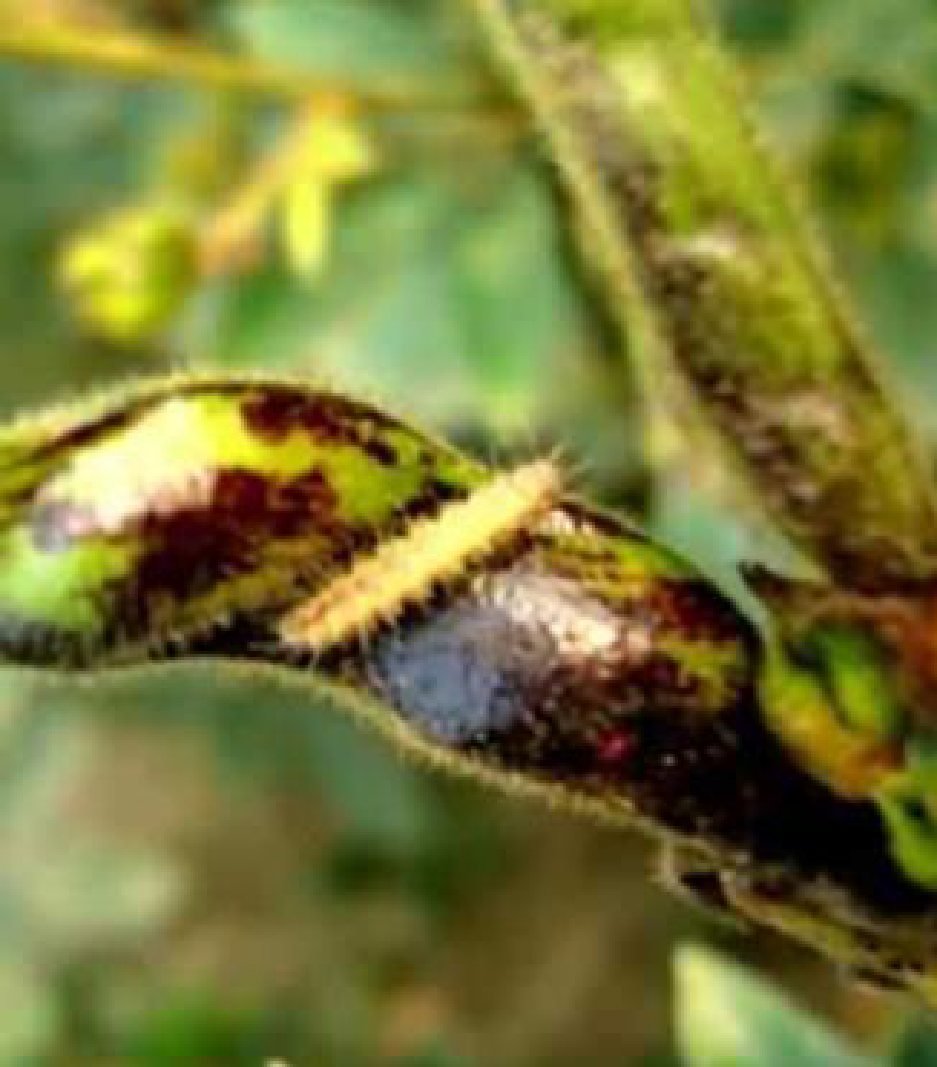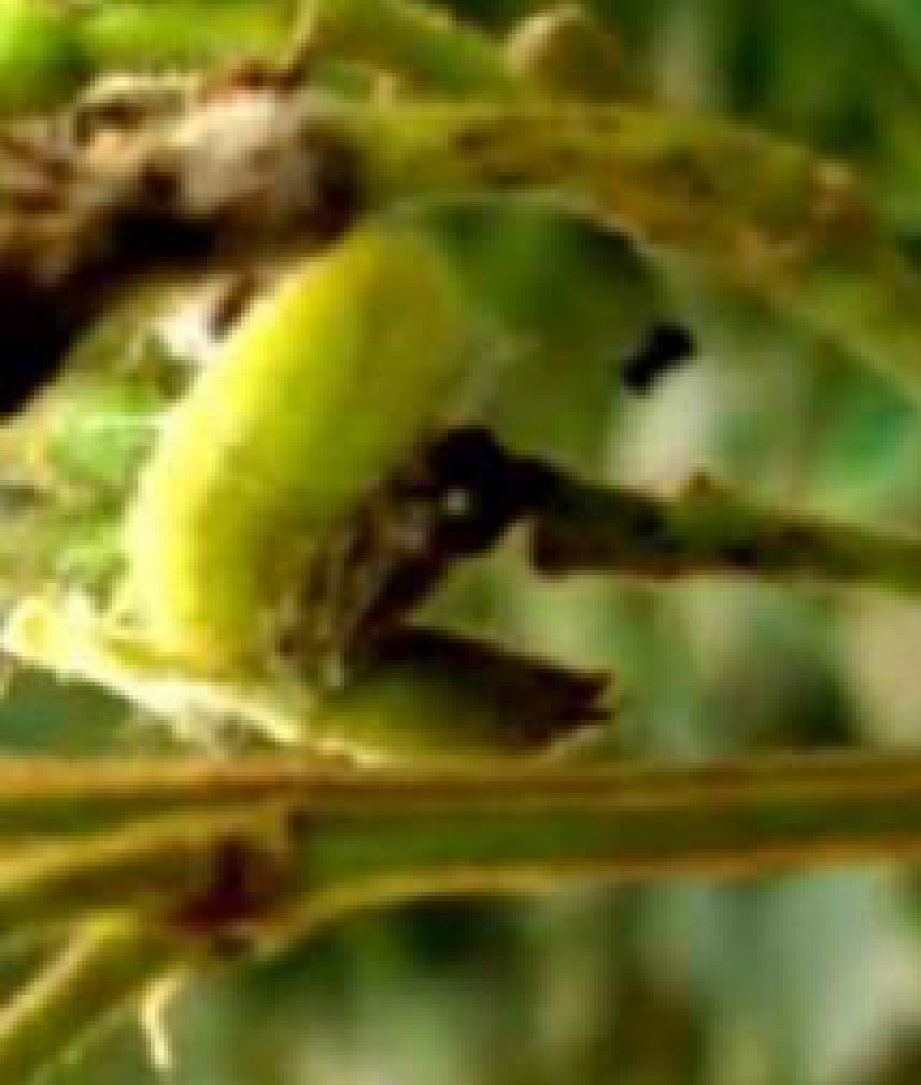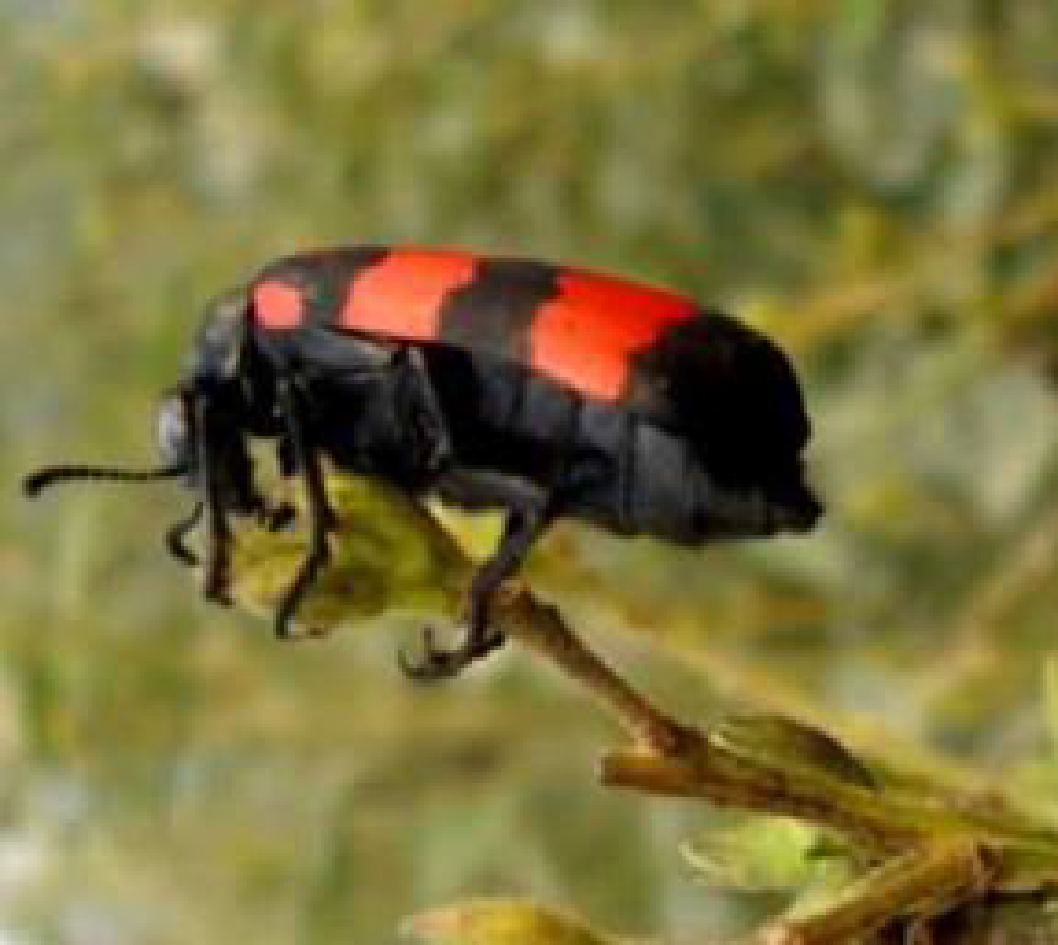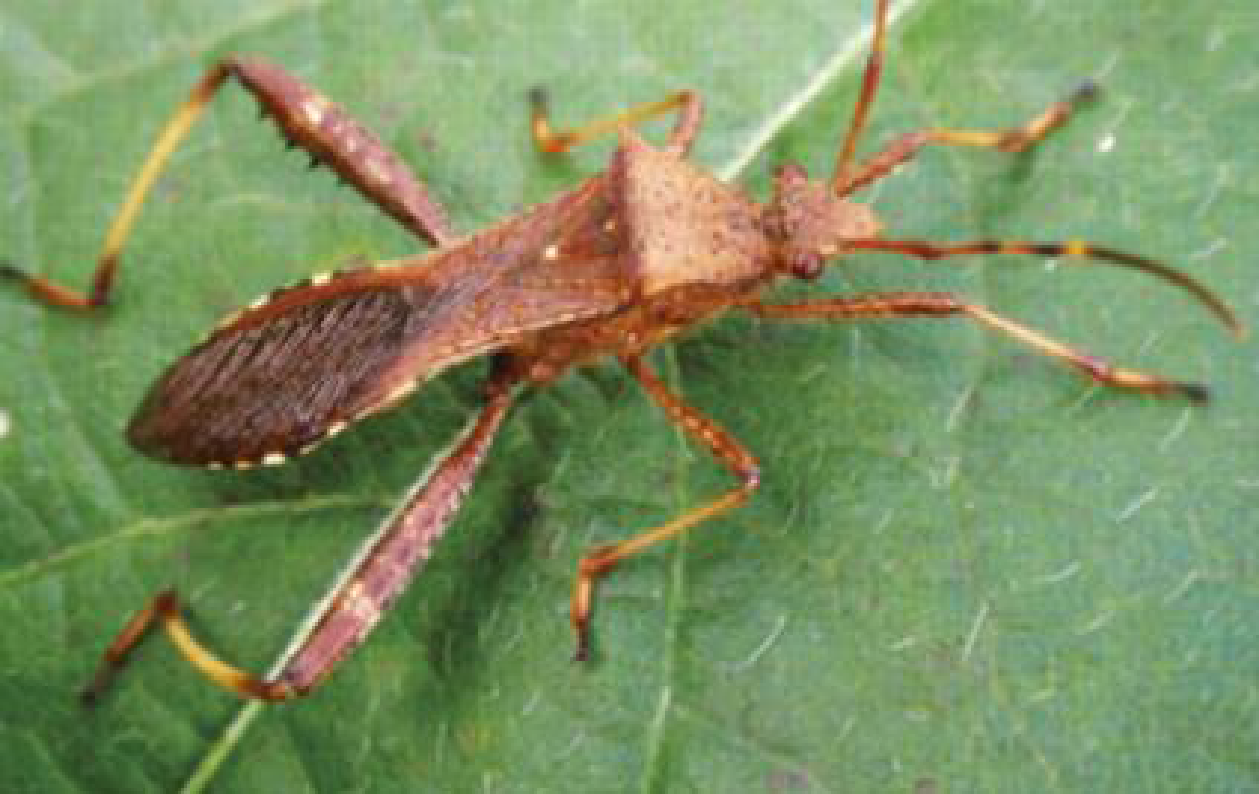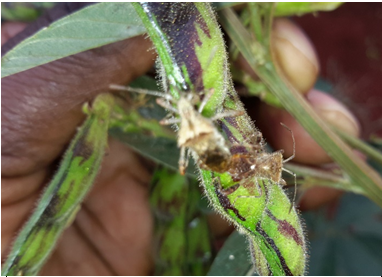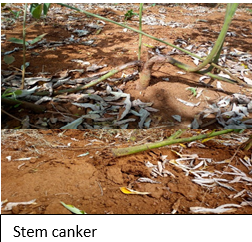Pigeonpea
Pigeon pea is the most drought tolerant legume adapted to semi-arid regions. Pigeon pea has high amount of protein, energy and minerals making it vital for preventing malnutrition commonly associated with cereal based staple diets. Its deep root system enables the plant to extract moisture from deep soil layers that are not ordinarily reached by other crops. This allows it to yield even in drought when other crops generally fail. It enhances soil fertility through its ability to fix nitrogen hence a climate smart crop. The legume is usually intercropped with maize, sorghum or millet and other short duration legumes.
Variety selection:
KARI Mbaazi 1
Short duration (Matures in 105-120 days).
Normally grown as a sole crop.
Yield potential is 1000 kg/ha or 4.4 bags/acre in one season and 2000 kg/ha or 8.9 bags/acre in two seasons
Gives 2- 3 harvests in a year.
Medium seed size 10-12 g/100seeds.
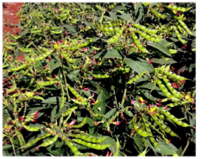
KAT 60/8:
Medium duration (136-150 days to maturity).
Yield potential ranges from 1200-1500 kg/ha or 5-7 bags/acre in one season and 3000 kg/ha or 13 bags/acre in two seasons.
It has a spreading growth habit and flowering
Indeterminate growth habit this allows multiple harvests where soil moisture is adequate.
It has good ratooning ability.
KARI Mbaazi 2
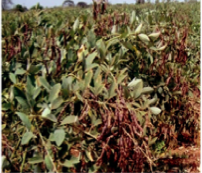
Long duration variety (180-270 days (9 months) thus harvested once per year.
Good for intercropping.
Potential grain yield of 1300 kg/ha or 5.8 bags/acre.
Large pod and seed size (18-20 g/100 seeds).
It has good ratooning ability.
Mituki:
Medium duration variety (125-135 days).
Gives two harvests in a year.
Potential grain yield (1700 - 3500 kg /ha or 7.5 – 15.6 bags/acre in two seasons).
Large pod size thus easy to shell.
It is rich in iron (70 ppm),
Good for intercropping.
It has good ratooning ability.
Kajani
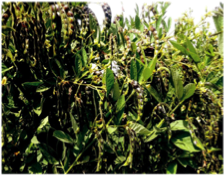
Medium duration variety (135-145 days)
Good for intercropping.
Gives two harvests per year.
Potential grain yield (2000 – 3500 kg/ha or 9 – 15.5 bags/acre per year)
Large pod size thus easy to shell.
It has cream grain color.
It has good ratooning ability.
Egerton Mbaazi M1 (EUMDPV00104)
Source: R. Karimi
- Medium duration (120-150 days).
- Compact and is normally grown as a sole crop, but can be intercropped with maize, pearl millet and sorghum and they can occupy space after their early harvest.
- Has good ratoon ability.
- Medium sized seed.
- Yields of 1400 - 2900 kg/ha or 6-13 bags total annual harvest.
- It is tolerant to Fusarium wilt disease common in Eastern Kenya.
Egerton Mbaazi 3 (EUMDB3)
Source: P. Kimurto
- Medium duration pigeon pea (115-145 days) variety.
- It’s a highly prolific variety producing long pods and widely adaptable to varied agro-ecozens, soils (sandy clay soil and loamy soils).
- Compact and is normally grown as a sole crop, but can be intercropped with maize, pearl millet and sorghum and it can occupy their space after their early harvest.
- Has good ratoon ability.
- It has medium sized seed.
- Has potential yields of 1500 - 3000 kg/ha total annual harvest.
Egerton Mbaazi M4 (EUMDB4)
Source: P. Kimurto
- High yielding.
- Medium duration (110-120 days).
- Large cream seeds, Fusarium wilt resistance and wide adaptability.
- Its adaptable to sandy clay soil and loamy soils.
- Has good ratoonability.
- Has medium sized seed.
- Yields of 1500 - 3000 kg/ha total annual harvest.
- Good for intercropping with maize and sorghum, good fodder production from high biomass.
Peacock (ICEAP00850)
- Medium duration (150-175 days) pigeon pea variety, with large cream seeds.
- High yielding of 1500-2500 kg/ha total annual harvest with good ratoonability.
- Its adaptable to sandy clay soil and loamy soils.
- It has medium sized seed.
- Can be intercropped with maize and other cereals.
Karai (IICEAP00936)
- Long duration (180-210 days) pigeon pea variety, with extra-large seeds, suitable for canning.
- Its drought tolerant and good for ratooning.
- The variety is good in nitrogen fixation and soil improvement.
- Dry stems are good for firewood.
Seed System:
Informal /Community seed system
- Systematic multiplication of basic seed sourced from the formal seed sector into quality seed that more farmers in the community can access and improve their crop production.
- Process of engaging selected individuals or farmer groups to multiply pigeon pea seed under technical supervision.
Pigeon Formal Seed System Production
It is a systematic process of growing pigeon pea through careful selection of appropriate land, following pegion pea good agronomic practices, from planting through harvesting.
No-till (zero) tillage
- Pigeon pea sowing holes made on non-ploughed field (left picture); and seedlings emerging from non-ploughed mulched plot (right picture).
- It’s a conservation agriculture tillage method.
- It is characterized by minimum soil disturbance during land preparation, sowing and weeding operations.
- Only seeding or/and fertilizer holes are dug in the field.
- In case there are weeds at sowing time, they are eradicated using non-selective post-emergence herbicides.
- Weed control is done using selective post-emergence herbicides.
- Over 75% of residues is left on the soil surface after the crop harvest.
Site selection:
Pigeon pea is tolerant to hot conditions and is adapted to temperatures of 18-30ºC. The crop also performs well in temperatures greater than 35ºC when soil moisture and fertility are adequate.
Land preparation;
Chose a land that has not been previously grown with pigeon pea for at least two seasons to avoid varietal mixtures and diseases build up. Land should be ploughed and harrowed during the dry season. Well drained
necessary for good root and nodule development. Contour bed or ridge and furrow system are useful in preventing water-logging by draining excess surface water and preventing soil erosion.
With the use of a riper, planting is possible even on un-ploughed land where minimum tillage, popular with the Conservation Agriculture (CA) is practiced. Thereafter shallow weeding using hand hoe or herbicides to minimize tillage is recommended.
Intercropping (Also a soil fertility management practice)
There are two methods of intercropping:
Moja-moja intercropping method: One pigeon pea row is alternated with that of a cereal (maize).
The spacing for either crop is maintained at 75 cm between rows.
Mbili Mbili intercropping method: Two pigeon pea rows are alternated with two cereal (maize) rows.
The spacing between the two main maize rows is 1.0m, then two pigeon pea rows are equal distance planted in-between maize rows (i.e. within the 1.0m space).
Sole Cropping
- Sole cropping is a farming method that involves planting or growing one crop at a particular time and space.
- The practice offers a potential ease for field operations such as seeding, weeding and pest control (and especially where machinery is involved), reduces competition thus resulting in increased yields.
Soil Fertility Management
Fertilizer management:
Soil analysis should be done before fertilizer application. Use of organic fertilizer (manure) is encouraged for balanced soil nutrients and improved soil structure. Organic manure may be applied 2-4 weeks before sowing. Basal application of fertilizers like DAP during planting at 50 kg/ha is recommended where soils are poor. Pigeon pea is capable of fixing 40 kgs of Nitrogen (N) per hectare in a season. However, the fixed N is used in the subsequent season. Top dressing is NOT recommended since high availability of nutrients fertility make the crop too vegetative and thus compromise the grain yield.
Manure Management
- It’s a site-specific handling of livestock manure from collection, through treatment and storage up to application to crops (and aquaculture).
- Manure can be in solid or liquid form, and is often mixed with crop residues and composted to enable decomposition.
- Proper manure management reduces emission of methane and carbon dioxide.
Planting;
Generally, Pigeon pea growth is slow until its taproot develops and due to its slow establishment, it is grown as an intercrop with cereals, which are harvested to avoid competition before the pigeon pea flowering and grain formation
The recommended spacing under pure stand:
Short duration variety (0.75 m x 0.30 m),
Medium duration variety (1.2 m x 0.5 m)
Long duration varieties (1.5 m by 0.5 m).
Seedlings may also be transplanted during the rainy season or under irrigation.
Integrated Nutrient Management (INM)
Refers to the maintenance of soil fertility and of plant nutrient supply at an optimum level for sustaining the desired productivity through optimization of the benefits from all possible sources of organic, inorganic and biological components in an integrated manner.
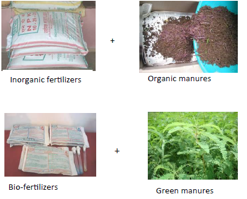
Top dressing is NOT recommended since high availability of nutrients fertility make the crop too vegetative and thus compromise the grain yield.
|
Rust disease
|
Cultural management options:
Chemical control options:
|
|
|
|
|
Anthracnose disease on Pods
|
Cultural practices:
Chemical management:
|
|
Powdery mildew disease
Powdery mildew patches on leaves (Source: agriculture.vic.gov.au) |
Cultural management options:
Chemical management options:
|
|
Cercospora leaf spot disease
Source: A.Too |
Cultural practices:
Grow tolerant varieties:
Chemical management:
|
|
root rot disease (Source: Maruti et. al 2017)
|
Cultural practices:
Chemical management
|
|
Yellow Mosaic Viral disease
Source: semanticscholar.org
|
Cultural practices:
Chemical management:
|
|
Sterility mosaic disease
Source: agropedia
|
Cultural practices:
Use of Resistant/Tolerant Varieties: Grow resistant varieties like Pusa-885, Asha, Sharad (DA11), Narendra Arhar1, Bahar, BSMR-853, BSMR 736, Rajeev Lochan, BDN-708. Chemical management:
|
|
Alternaria blight
(Source; agropedia) |
Cultural practices:
Chemical management:
|
|
Phytophthora blight
(Source; agropedia)
|
Cultural practices:
Chemical management:
|
|
Fusarium wilt (Source; agropedia)
|
Cultural practices:
Chemical management:
|
|
Integrated Pest Management |
|
|
Peas Aphid
Source: plantix.net
|
Cultural Control
Bio-control
Chemical Control
|
|
Leaf miners (Liriomyza spp.)
|
Cultural Control
Bio-control
Chemical Control
|
|
Spotted pod borer, (Maruca vitrata)
Larva on young developing pods of pigeon pea. Source: https://www.krishisewa.com/articles/disease-management/268-pigeon-pea-insectpests.html
|
Cultural Control
Bio-control
Chemical Control
|
|
Migratory Locust
Migratory Locust, Schistocerca gregaria Locust invasion on farm in Kenya in Feb 2020. (Source: catholicphilly.com) |
Cultural Control
Bio-control
Chemical Control
|
|
Pod borer (Nanaguna breviuscula)
|
Cultural Control
Bio-control
Chemical Control
|
|
Helicoverpa armigera
African bollworm caterpillar, Helicoverpa armigera larva feeding on pigeon pea pods. (Source: https://www.krishisewa.com/articles/disease-management/268-pigeon-pea-insect-pests.html) |
Management:
|
|
Plume moth caterpillar, (Exelastis atomosa)
A lepidopteran larva. Bores into pods and damages the young developing seed (Source: https://www.krishisewa.com/articles/disease-management/268-pigeon-pea-insect-pests.html
|
Management
|
|
Blue butterfly caterpillar
|
Management
|
|
Blister beetles (Mylabris pustulata) in Pigeon pea
A coleopteran pest which feed on flower buds, damaging structures for pod formation. (Source: https://www.krishisewa.com/articles/disease-management/268-pigeon-pea-insect-pests.html
|
Management
|
|
Sucking bug (Clavigralla spp) in Pigeon pea
|
Management
|
|
|
Management
|
|
Weed management: The plants do not compete well with weeds in the early growth stage and it is important to keep the crop weed-free in the first six weeks after establishment. The most common method for the first two sessions of weeding is use of oxen-drawn plough to remove early weeds followed by hand weeding. Ox-drawn ploughs also helps in making ridges for water harvesting especially in drought prone areas.
|
|
Maturity duration varies depending on the variety and ranges between 3 months (short duration) to nine months for long duration. They may be harvested while green or when dry. Mature green pods are picked manually, shelled and cooked as vegetables.
Harvesting:
Harvesting is done when the pods have dried and turned brown in color.
Harvesting is done by plucking dry pods or by cutting the branches (where all the pods are dry).
If harvested immaturely (non-dry pods), seed may shrink thus lowering the grain quality and yield.
Delayed harvesting may affect the quality of the grain due to sprouting of the seeds or shattering of the pods in the field.
Ensure that the pods are dried in the sun for ease of threshing.
Thresh and clean the seeds.
Dry the grain to 12% moisture content (above 12% grain will turn brown and discolored when stored).
Improper drying of the grain may cause mould/rotting of the grain thus making it unfit for human consumption and marketing
- Store in hermetic bags (grain preserved for food)
- Dust the cleaned grain with storage chemical and store
Upto 90% of pigeon pea is used in green form.
Both green and dry grain are used to make Githeri, Pilau and stew.
Pigeon pea (green and dry grain) can be mashed with Irish potato, sweet potato, banana, arrow roots and pumpkins to make mukimo.
The husks and twigs are also used as livestock feeds.
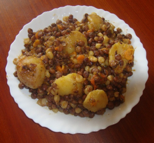
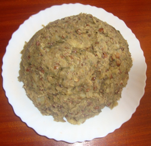
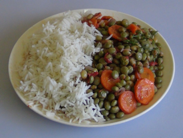
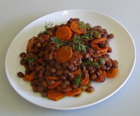
Tractor for land preparation
Oxen-drawn plough
Riper for conservation agriculture
|
Activity |
Cost (Kshs) |
|
Land preparation |
4,000 |
|
Certified seed |
1,750 |
|
Manure/fertilizer |
6,250 |
|
Planting and field management |
19,600 |
|
Insecticides/pesticides |
14,400 |
|
Harvesting, post harvesting and marketing |
15,500 |
|
Operational cost |
61,500 |
|
Produce (2200 kgs @60 |
132,000 |
|
Income |
70,500 |
- Use of aggregation centers
- Contract farming
- Karimi, R., Mutisya, D.L, Bett C. and Nungo R. (2018) Pigeonpea Production Guide. KALRO Katumani
- Rael Karimi, Paul Kimani, Catherine Muriithi, Daniel Mutisya and Arnold Njaimwe. KCSAP 2020. Training of Trainers (TOT) training manual for Pigeonpea value chain.
- Rael Karimi, Charles K. Bett, Charles W. Kariuki, Benjamin Kivuva, Joyce Malinga, Michael Akhwale, Vincent Woyengo, Peter M. Waweru, Elizabeth Langat, Chebii Kilel
Contacts:
Kenya Agricultural and Livestock Research Organization
P.P. Box 57811-00200, Nairobi, Kenya
Tel: 0111010100
Institute Director, KALRO- AMRI, Katumani
P.O. Box 340-90100 Machakos
Email: director.amri@kalro.org;
